Icon of Saint Anastasios the Persian
€15,00 – €50,00 "without VAT"
Icon of Saint Anastasios the Persian
- 100% guaranteed transaction!
- 100% money back guarantee!
- Immediate delivery to the products we have in stock.
Icon of Saint Anastasios the Persian silk screen printing of excellent quality with “vivid” colors and 22K gold background.
The image is accompanied by a hard cardboard box.
Feast of January 22
Saint Anastasios lived in the 7th century AD. in the years of the Persian king Hosroes II (590-628 AD) and the emperor of Constantinople Heraklion and was Persian. He was born in the village of Razih in the province of Rasouni and was the son of the magician Bab and was originally called Magundat (according to others Mazoendat).
When in 614 AD. the Persians conquered Jerusalem and took with them the Holy Cross. Due to the many miracles performed in Persia by the Holy Cross, many Persians became interested in learning about the new religion, including Mahmudat. That is why he went to Jerusalem, where he was baptized and became a monk in the Monastery of Abba Justin (according to others in the Monastery of Saint Sava) and was renamed Anastasios.
He then visited Caesarea, where Governor Marzavana was informed that he was a Christian and, because he failed to persuade him, ordered his torture. After much torture, the pagans beheaded him. His martyrdom took place in 628 AD. with 70 other Christian Witnesses.
The Meeting of the Saint was held at his Martyrdom, which was located inside Saint Philemon, at Stratigio. The resurrection of the relics of Saint Anastasios is celebrated on January 24.
There are three traditions about the Relics of Agios Anastasios. According to the first, which is also accepted by the English historian Saint Vedas the Reverend, the Relics were transported to Rome during the reign of Heraklion and deposited in the Greek Monastery of the Three Fountains (“Tre Fontane”). The second receives the transfer of the Relics to Constantinople, also during the reign of Heraklion, from where Cara was transported to Rome during the days of Greek origin and probably Pope Theodore I of Jerusalem (642 – 649 AD). Finally, the Third Tradition (Venetian), accepts that the Relics were transported to Constantinople by Heraklion, from where in 1204 AD. they were removed by Doge Henry Dandolos and deposited in the Church of the Holy Trinity in Venice.
Today, the relics kept in the Roman Catholic Church of St. Francis of the Vine, have the form of a headless body, assembled in a uniform of the time. Part of the Holy Relics of the Saint are found in the Roman Catholic Church of St. Francis of the Vine of Venice. Fragments of the Holy Relic of the Saint are found in the Monasteries of Esfigmenos on Mount Athos and Prousos in Evrytania and in the Lavra of Saint Alexander Nevsky in St. Petersburg. The Orthodox Church celebrates the memory of St. Anastasios on January 22.
| Weight | N/A |
|---|---|
| Dimensions | N/A |
| Icon Decoration | with handmade serigraphy, with wood |
| Name of Saint | Saint Anastasios the Persian |
| Collection | Athonite Items, Church supplies |
| Icon Type | Serigraphy |
| Material | Wooden |
| Size | Big – LG, Medium – MD, Small – SM, Very large – XL |
| Usage | For the faithful people, For the House, Για το Ναό, Για το Παρεκκλήσι |
Only logged in customers who have purchased this product may leave a review.
You may also like…
Church supplies
Church supplies
Church supplies
Church supplies
Related products
Church supplies
Church supplies
Church supplies
Church supplies
Church supplies
Church supplies
Church supplies
Church supplies






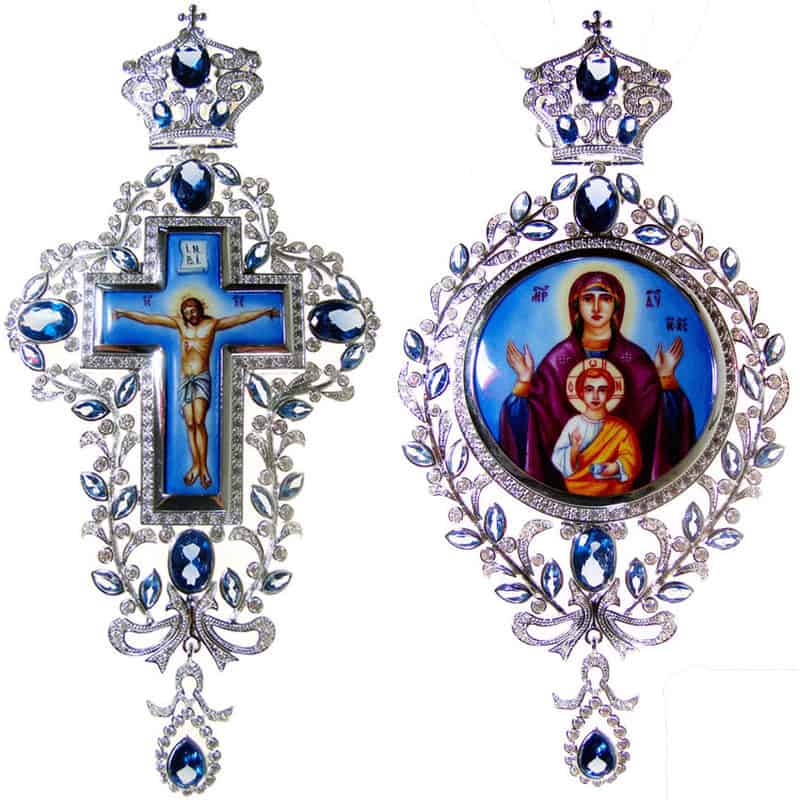
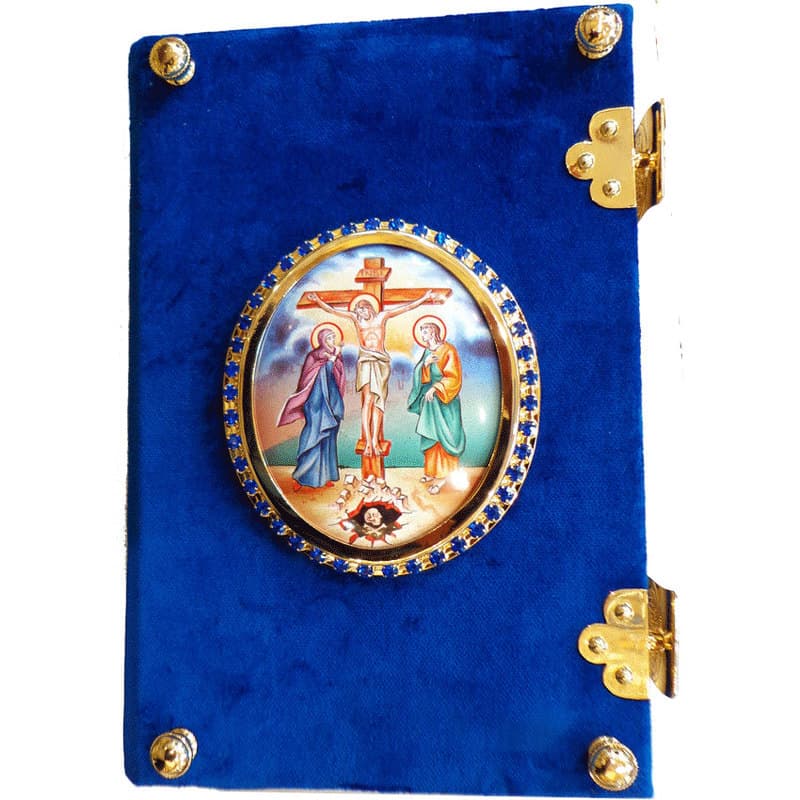
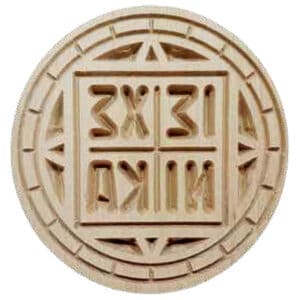

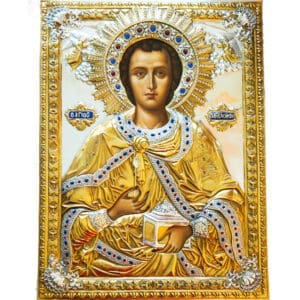
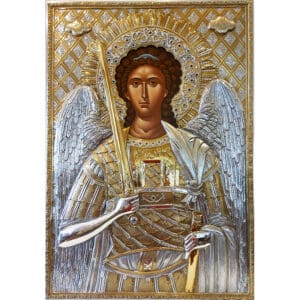
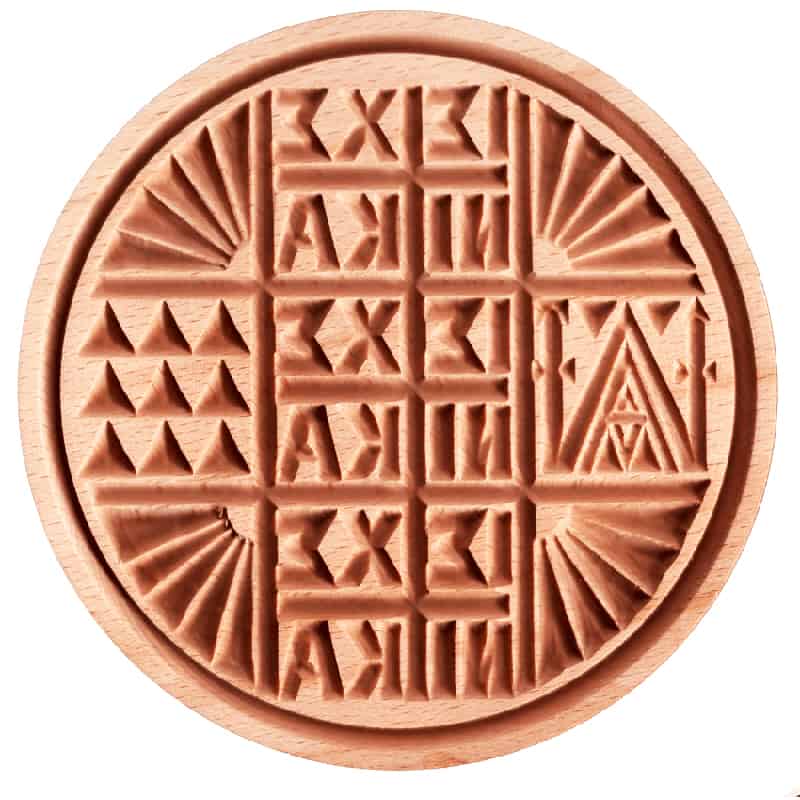
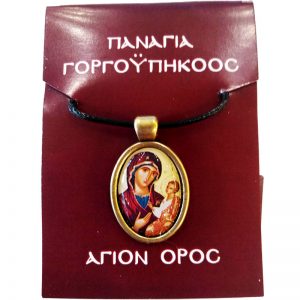

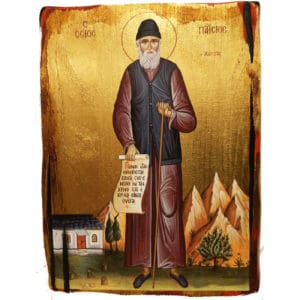

Reviews
There are no reviews yet.